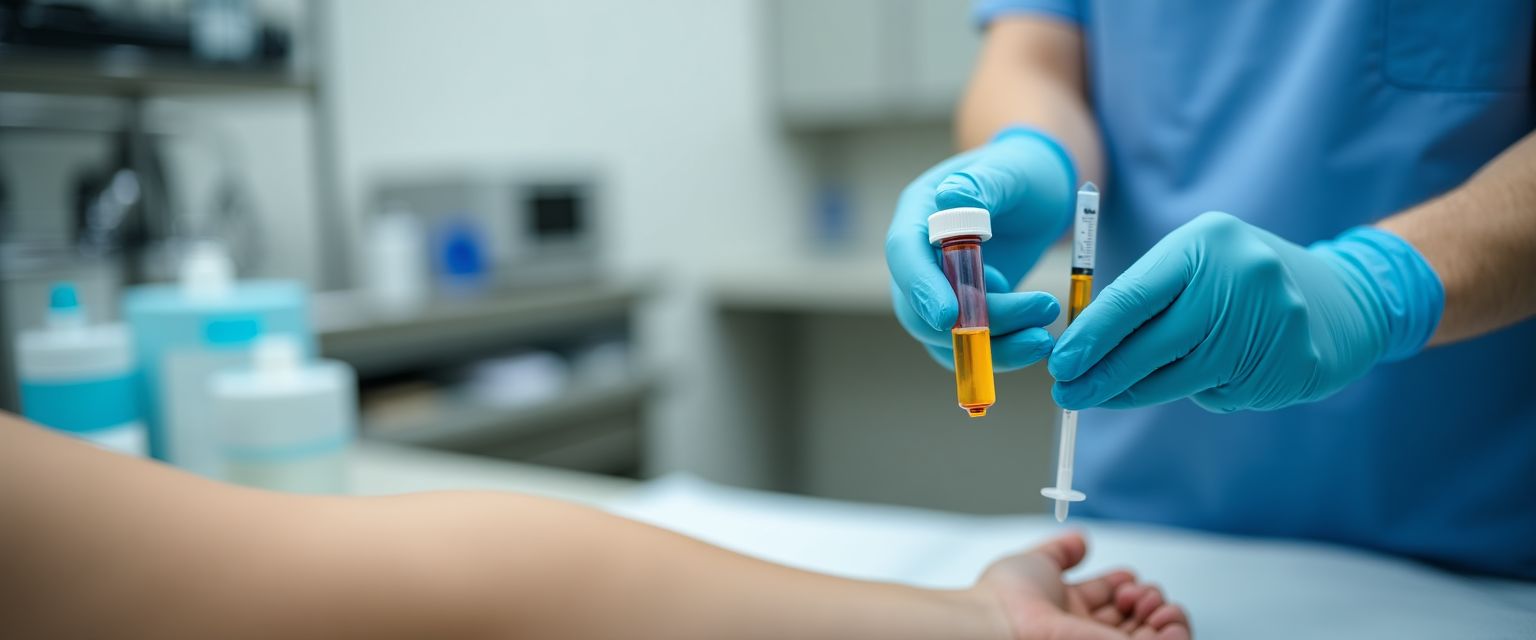
PRP (Platelet-Rich Plasma) Therapy
Uses the patient’s own plasma to promote healing and rejuvenation.
Overview
PRP (Platelet-Rich Plasma) Therapy is a regenerative treatment that uses the patient’s own blood plasma to promote healing and rejuvenation.
The procedure involves drawing a small amount of blood, processing it to isolate platelet-rich plasma, and injecting it into targeted areas. The growth factors in PRP stimulate cell regeneration, collagen production, and tissue repair.
PRP is commonly used for facial rejuvenation (the "vampire facial"), hair restoration, and treating scars or injuries. Sessions usually take about 45 to 60 minutes, with minimal downtime.
This innovative treatment is a natural and effective way to enhance skin health and appearance.
Benefits
- Uses your body’s plasma to enhance skin health and reduce wrinkles.
- Diminishes the appearance of acne scars and uneven texture.
- Stimulates dormant hair follicles for thicker, healthier hair.
Risks & Side Effects
- Mild bruising and tenderness where PRP is injected.
- Temporary swelling around the treated area.
- Improper handling or aftercare may lead to infection.
- Rare but possible reaction to components of the PRP.
Treatment Cost
Average cost per treatment session
*Prices may vary based on treatment area and provider
Who Should Consider This Treatment?
Ideal Candidates
- Adults seeking natural skin rejuvenation or hair restoration.
- Individuals wanting to improve fine lines or uneven skin texture.
Not Recommended For
- Those with blood disorders or on anticoagulant therapy.
- Pregnant or breastfeeding women.
Frequently Asked Questions
What is PRP Therapy?
PRP Therapy uses platelet-rich plasma derived from your blood to rejuvenate the skin and promote healing.
What is PRP used for?
PRP is used for skin rejuvenation, reducing fine lines, improving texture, and even hair restoration.
How long does it take to see results from PRP?
Results typically appear within 3 to 4 weeks and improve over several months.
